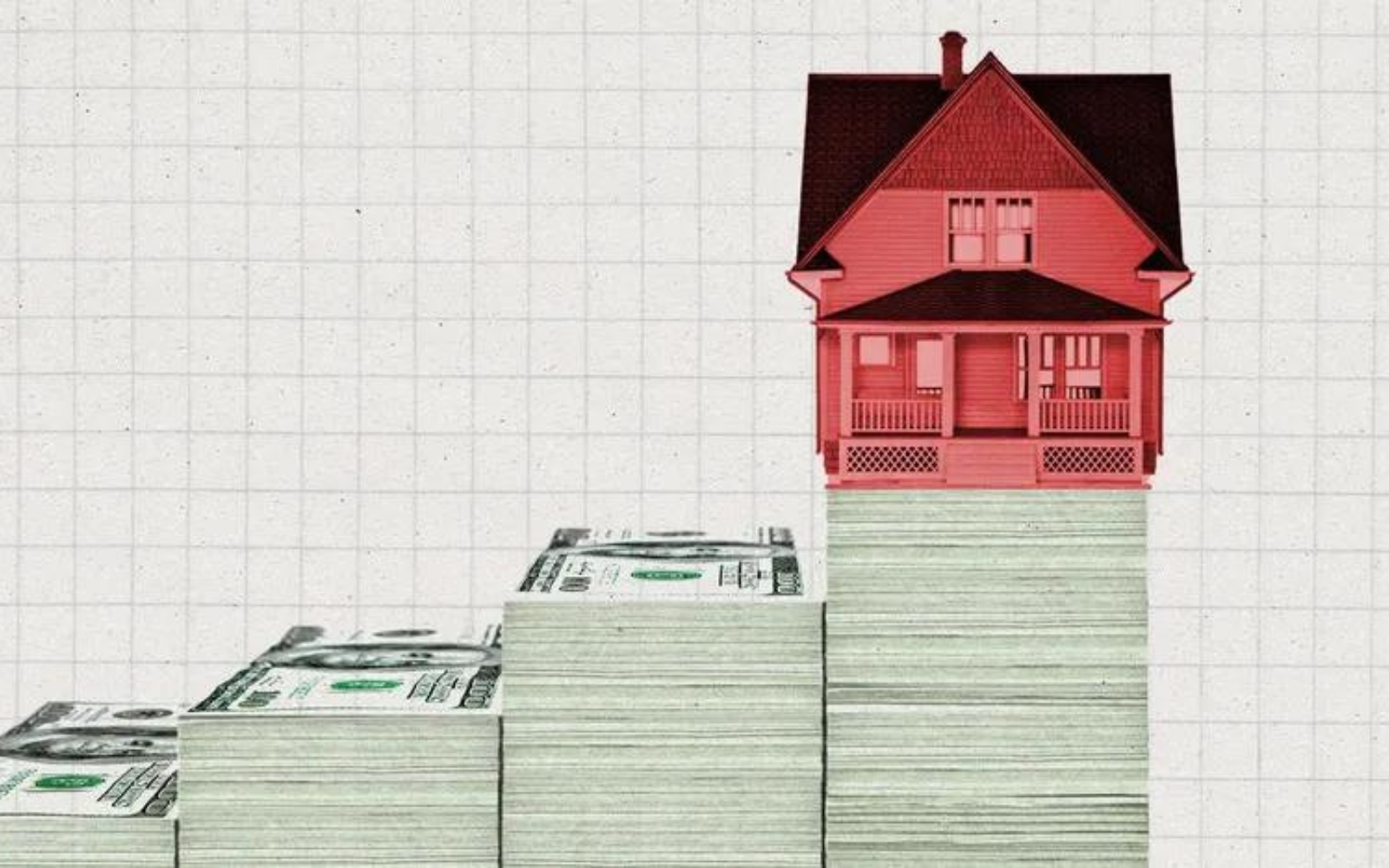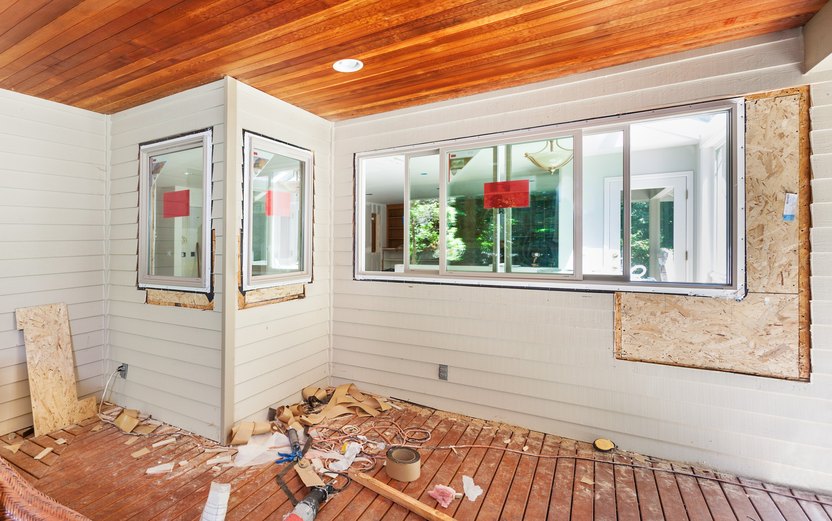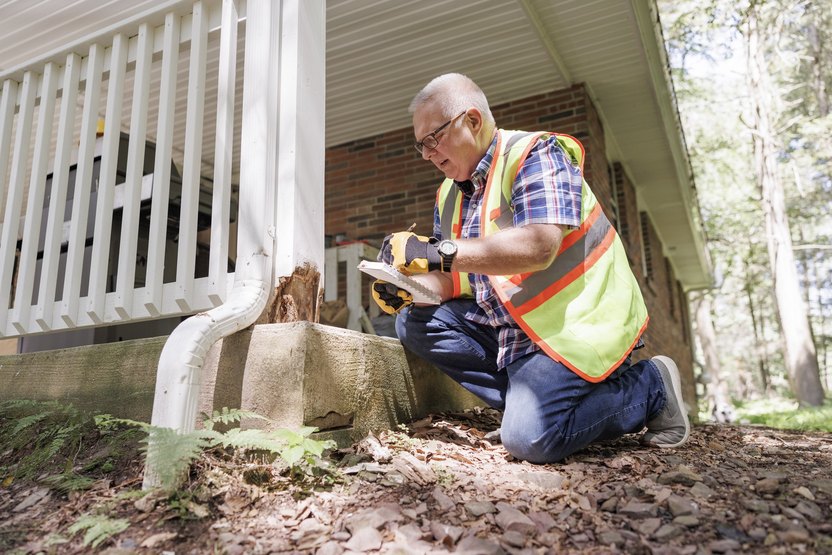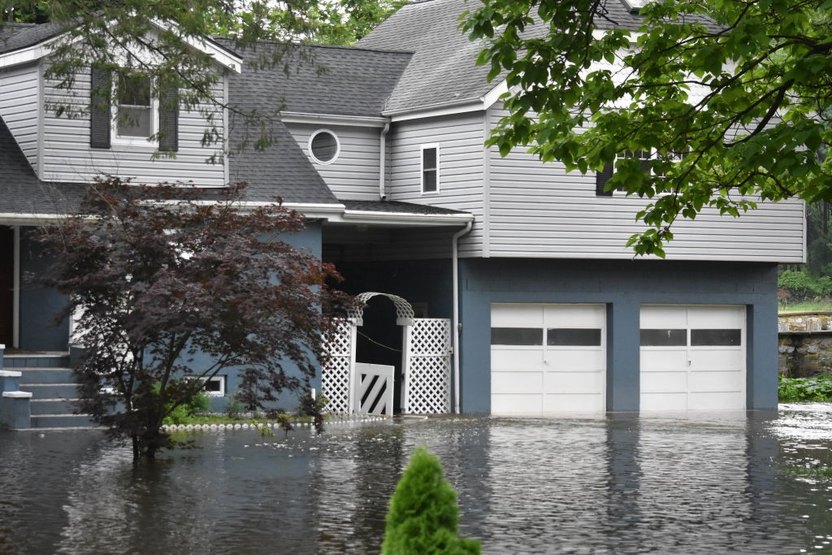You’ve Scraped Together Just Enough Money To Buy a House—but Can You Afford What Comes Next?
By Julie Gerstein | Realtor.com
Maryland home inspector Welmoed Sisson recently met homebuyers who were about to purchase a house at the very top end of what they could afford.
“They told me at the start of the inspection that they had pretty much no budget for repairs,’” Sisson says.
Although their finances were stretched thin, they were hoping it would be OK since, as Sisson recalls, “the real estate agent swore the house was move-in ready.”
Even though the house looked fine to the untrained eye, Sisson could instantly tell the property was riddled with problems that would cost a bundle to fix.
“Just in walking around the exterior, I spotted at least $50,000 worth of critical repairs—failing chimney, foundation cracks, rotted siding, and trim,” she says. “The client was shocked, but grateful that I was honest.”
Sisson doesn’t know if these buyers moved forward with the deal; however, if they did, they at least went in with their eyes open (and some leverage in terms of negotiating repairs with the seller). Unfortunately, many homebuyers aren’t so lucky to get a clear preview of the costs coming their way. And, with high mortgage rates and home prices pushing home shoppers to max out their budgets, many might find themselves precariously low on funds for all the additional expenses that can crop up after they move in.
“A first-time homebuyer needs to think of a mortgage payment as a floor for monthly housing expenditures rather than a ceiling,” says Realtor.com® economist Ralph McLaughlin. “Unexpected maintenance costs—such as a broken water heater, dead fridge, or leaky roof—can quickly snatch the Benjamins from your monthly budget.”
“Many first-time homebuyers will use every bit of their savings toward the purchase,” adds Denise Suplee of SparkRental in Doylestown, PA. “I always suggest that when accounting for a down payment, they reduce the amount by at least $5,000. This way, they will have money put away for emergencies.”
A 2024 Bankrate survey found that the average homeowner spends more than $18,000 a year on home-related costs outside of their mortgages. Three of the major expenditures homeowners often forget to factor into their budgets include home maintenance, home insurance, and property taxes.
Here’s more on why these expenses can be so hard to predict, and how to prepare as a homeowner so you don’t end up financially in over your head.
Home maintenance
Although most homeowners know a house will require repairs and maintenance, they tend to vastly underestimate how much those things will cost.
“Home maintenance is one of the most overlooked areas by homeowners,” says Sisson. It can be hard for homeowners to notice the wear and tear on their property over time.
“It happens slowly enough that it’s easy to miss,” says Sisson. “I liken it to not really noticing how your kids have grown until you go to the family reunion and the relatives comment how big they’ve gotten, and only then do you notice the difference.”
In addition to padding a budget to cover the costs of routine maintenance, curveball costs could crop up at any moment when a pipe bursts or an appliance breaks.
“I recall a client who purchased a charming older home with an outdated electrical system. Shortly after moving in, they experienced a series of electrical failures culminating in a small fire,” says Mike Wall, a real estate investor and adviser in Springboro, OH. ”The repair and replacement costs amounted to $15,000, a substantial burden they hadn’t planned for.”
In another case, Wall recalls, “I worked with a homeowner who bought an older property with a beautiful facade, but neglected to consider the aging plumbing system. Within the first year, they faced a $7,500 bill for plumbing repairs that could have been anticipated with a more thorough inspection.”
How to prepare: Homeowners should try to ascertain how old every system and component in the house is—ideally before they buy.
“This includes the roof, heating and cooling system, water heater, appliances, wiring, and the like,” Wall says. “An appliance like a stove has an anticipated service life of around 10 to 12 years, while a heating and air-conditioning system can last 12 to 15 years.”
“Things like wooden decks only have a 12- to 15-year life span,” Sisson adds. “Lots of clients express shock at that; they figure a deck should last as long as the house.”
Climate change should also be taken into account, since this can affect the life span of many home features, including roofs, which must now be replaced more frequently due to wear and tear from extreme weather.
For any items that are nearing their expiration date, homeowners should also know how much it costs to replace them. A new water heater will run anywhere from $500 to $2,000, depending on the type and installation fees, says Sisson.
Replacing a fridge can cost between $1,000 and $3,000, and roof repairs can run between $300 to $1,200 for minor issues and as much as (or more than) $10,000.
Wall recommends that homebuyers get a comprehensive home inspection before purchasing and that they request maintenance records from the seller to better understand the home’s repair history.
Homeowners should also create a “rainy day fund” amounting to 1% to 3% of their property’s value for repairs and other surprise expenses. So if your home is worth $500,000, set aside $5,000 to $15,000.
Home insurance
While most homeowners know they’ll have to pay for home insurance, many make the grave error of not getting enough insurance—or the right type—to cover what might likely happen.
“A client of mine experienced significant damage from a hurricane,” Wall says. “Their initial insurance policy didn’t cover flood damage, resulting in out-of-pocket expenses of over $20,000. After this incident, they revised their policy to include comprehensive coverage.”
Another issue is that insurance premiums can often skyrocket when an area starts experiencing a rash of extreme weather, from hurricanes to heat and beyond. Indeed, between 2018 and 2023, the average U.S. home insurance premium jumped 33.8%.
Suplee knows a relative who’s looking to relocate from Florida after seeing a 38% increase in their insurance costs.
“Buyers need to understand that even though they have a fixed mortgage amount each month, insurance can be variable,” she warns. “Generally, rates go up every year. Insurance has increased everywhere; but in certain states vulnerable to stormy weather, it has tripled.”
“Changes in natural disaster profiles can cause insurance premiums to rise well above your existing rates,” McLaughlin adds.
How to prepare: Wall recommends regularly reviewing your insurance policy to make sure it covers emerging weather patterns in your area, and that it’s aligned with any updates you’ve made to your home—for instance, adding an in-ground pool or deck.
Homeowners should also be aware that insurance for some specific natural disasters—such as flooding and wind—aren’t typically covered in basic policies. So if you’re planning to buy a house in a climate-affected area, you might want to purchase additional insurance or riders to cover those risks.
Homeowners should also consider how the condition of a home might affect the odds of it getting insured at all. The shape of knob and tube electrical wiring, solid-conductor aluminum wiring, polybutylene plumbing pipes, and buried oil tanks all can affect your insurability, says Sisson.
“Even some brands of roofing shingles could mean being denied coverage,” she warns.
Some homeowners might not take these shortcomings all that seriously until disaster hits, but that’s a big risk.
“We are sometimes asked, ‘Do we really need to disclose this particular issue to the insurance company?’ Yes, always,” Sisson continues. “The last thing you want to experience is having a problem—like a house fire stemming from unpermitted electrical work—and discovering your insurance company could potentially deny your claim, or at the very least hike your premiums dramatically.’”
Property taxes
According to one recent report from WalletHub, the average homeowner pays around $2,869 a year in property taxes. But that tax rate can vary wildly.
In New Jersey, for example, the tax rate is 2.47% and homeowners pay a median of $9,345. Meanwhile, in Hawaii, the tax rate is a mere 0.29%, leading to payments of as low as $2,054.
Hawaii, Alabama, Colorado, Nevada, and Louisiana have the lowest property tax rates, while New Jersey, Illinois, Connecticut, New Hampshire, and Vermont have the highest.
These levies are based on a property’s location, condition, market, and neighborhood. Community improvements, such as a new school or improved roads, can affect tax rates. They’re also reviewed in an ongoing manner. Higher property taxes might mean that your home or community has been assessed to be worth more than it once was.
“I had one customer who walked into a perfect property tax storm: They bought a fixer-upper in the depths of the [COVID-19] pandemic,” says Martin Orefice, CEO of Rent To Own Labs. “They got a great deal on the property, and they had plenty of time to work on renovations while they were stuck at home, and the final product turned out great.”
The downside? “They also ended up with a whopping 100% increase in their property taxes, from less than $1,000 per year to more than $2,000,” Orefice says. “Most of this increase came from the increased value of their home after renovation, but also because of the housing market heating up.”
How to prepare: To get ahead of possible property tax increases, it’s helpful to see how your home has been assessed in the past, Wall says.
He recommends looking up a home’s tax history, which can typically be found on the local municipality’s website. Homeowners can also challenge a tax assessment they think is unfair, but they’ll need to provide plenty of documentation, like a recent homeowners insurance evaluation or home appraisal statement.
Homeowners can also challenge a tax assessment they think is unfair, but they’ll need to provide plenty of documentation, like a recent homeowners insurance evaluation or home appraisal statement.
To avoid any curveball costs, homeowners should try to get what’s called a PITI, advises real estate investor Nathaniel Hovsepian, of Augusta, SC. (PITI is principal, interest, taxes, and insurance.)
It’s a way to “wrap the insurance and taxes into your mortgage,” he explains. “This will help manage these necessary items for you, and it doesn’t cost you any more money.”
Plus, he says, lenders often prefer this type of all-inclusive housing payment, so it can end up a win-win all around. Homeowners can use a PITI calculator to estimate their payments.







